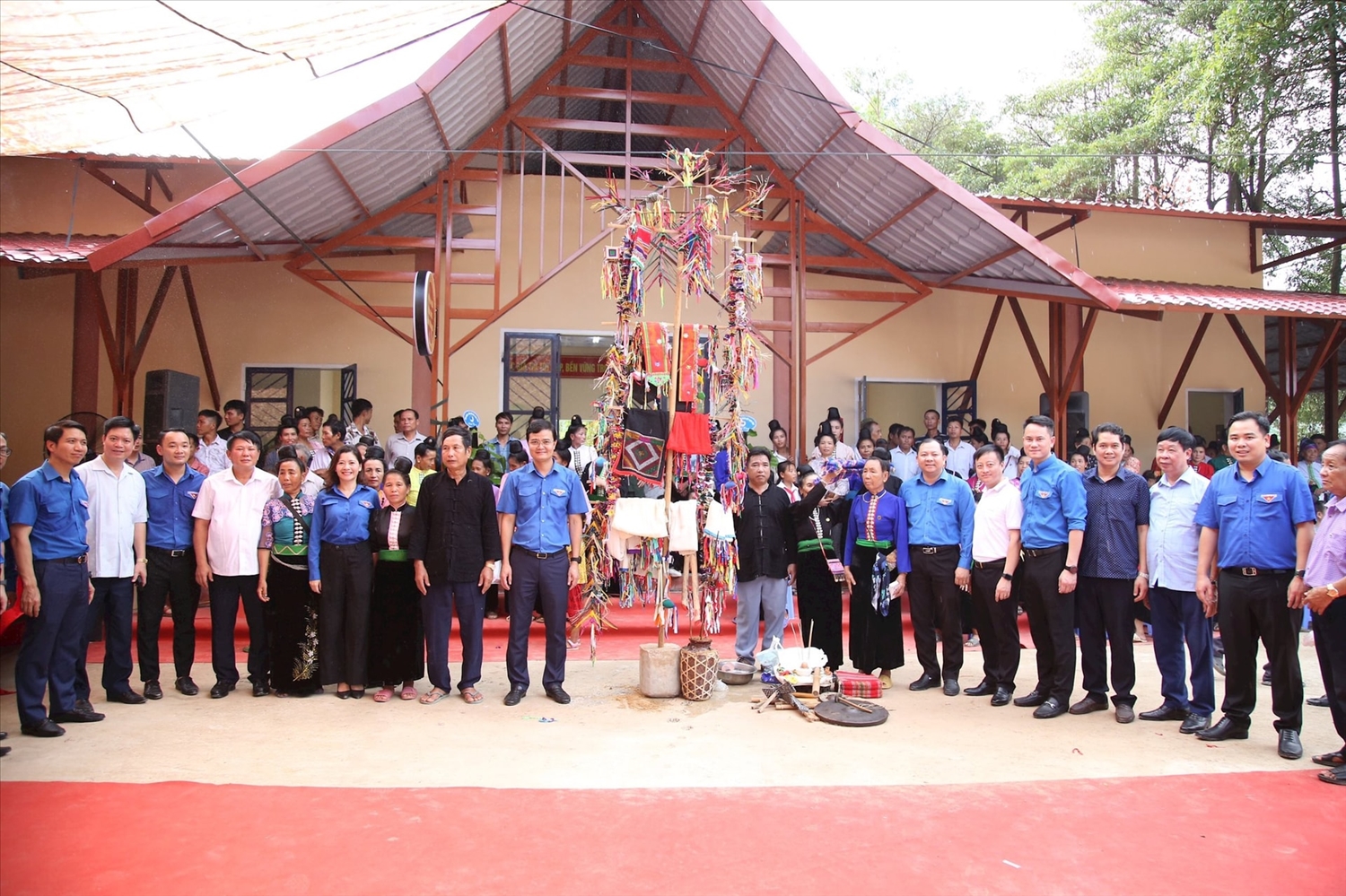
Impressive poverty reduction
According to the report of the Ethnic Minorities Committee of Son La province, the La Ha ethnic group in the province resides mostly in Muong La district, with 4,682 people; Thuan Chau district has 3,076 people, Quynh Nhai district has 1,929 people. In addition, in Moc Chau district there are 254 La Ha people, concentrated in Tan Lap commune.
Ethnic programs and policies implemented in recent years have helped La Ha people increase their income and improve their quality of life. In particular, capital from the National Target Program for Socio -Economic Development in Ethnic Minority and Mountainous Areas for the 2021-2030 period (National Target Program 1719) is helping people have sustainable livelihoods.
At the end of 2023, Mr. Lo Van Phong's family in Huoi Long village, Nong Lay commune (Thuan Chau district) was supported with 1 breeding cow from the capital of Sub-project 1 - Project 9 of the National Target Program 1719. Having had experience raising cows before, his family planted more elephant grass to create a reserve food source for the cows. With the determination to escape poverty, Mr. Phong also borrowed money to buy a pair of breeding cows.
In the period of 2021 - 2025, the La Ha ethnic group is one of 14 ethnic groups with specific difficulties according to Decision No. 1227/QD-TTg; receiving direct investment from Sub-project 1 - Project 9 under the National Target Program 1719.
Together with Mr. Phong's family, in 2023, 126 La Ha ethnic households in Huoi Long village were supported with breeding cows from Sub-project 1 capital under Project 9. As shared by Mr. Lo Van Phong, from one cow, he hopes to develop it into a herd of cows, thereby providing a stable source of income for his family in the coming time.
Huoi Long village is one of 36 villages in 17 communes of 03 districts with a large population of La Ha ethnic people. These are areas that receive direct investment from Sub-project 1 - Project 9 of the National Target Program 1719 according to Resolution No. 235/NQ-HDND dated October 4, 2023 of the People's Council of Son La province.
With invested infrastructure, effective policies to support production development, and guaranteed social security, the poverty rate among the La Ha ethnic group in Son La province has decreased sharply year by year.
As of 2019, the results of the third survey and collection of information on the socio-economic status of 53 ethnic minorities showed that Son La province had 1,100 La Ha ethnic households that were poor, accounting for 48.8% of the total number of households; 318 near-poor households, accounting for 14.1%. This is the poverty rate data measured according to the multidimensional poverty standard for the period 2016 - 2020.
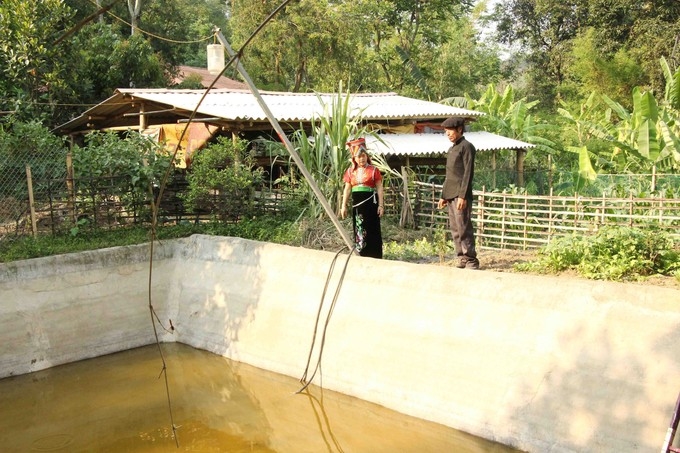
When applying the multidimensional poverty standard for the period 2021 - 2025 according to Decree No. 07/ND-CP of the Government , the poverty rate among the La Ha ethnic group continues to decrease sharply. By the end of 2022, according to the results of the poor household review approved by the People's Committee of Son La province in Decision No. 87/QD-UBND dated January 12, 2023, the La Ha ethnic group still has 674 poor households (accounting for 28.25%) and 327 near-poor households (accounting for 13.70%).
Poverty reduction work among the La Ha ethnic group has continued to achieve impressive results from 2023 to present - the time when Son La focused on synchronously implementing policies under the National Target Program 1719.
Data in the dossier identifying ethnic groups with special difficulties and ethnic groups with many difficulties in the period 2026 - 2030 of the Ethnic Committee shows that, compared to 2019, by June 30, 2024, the La Ha ethnic group has reduced the number of poor households by 26%, although the poverty line has been raised compared to 5 years ago.
Improved population quality
Along with investing in poverty reduction among the La Ha ethnic group, Son La province has supported people to improve their quality of life through programs and projects. Data from the two most recent surveys and information collection on the socio-economic situation of 53 ethnic minorities shows that many living and production habits affecting the health of the La Ha ethnic group have gradually changed positively.
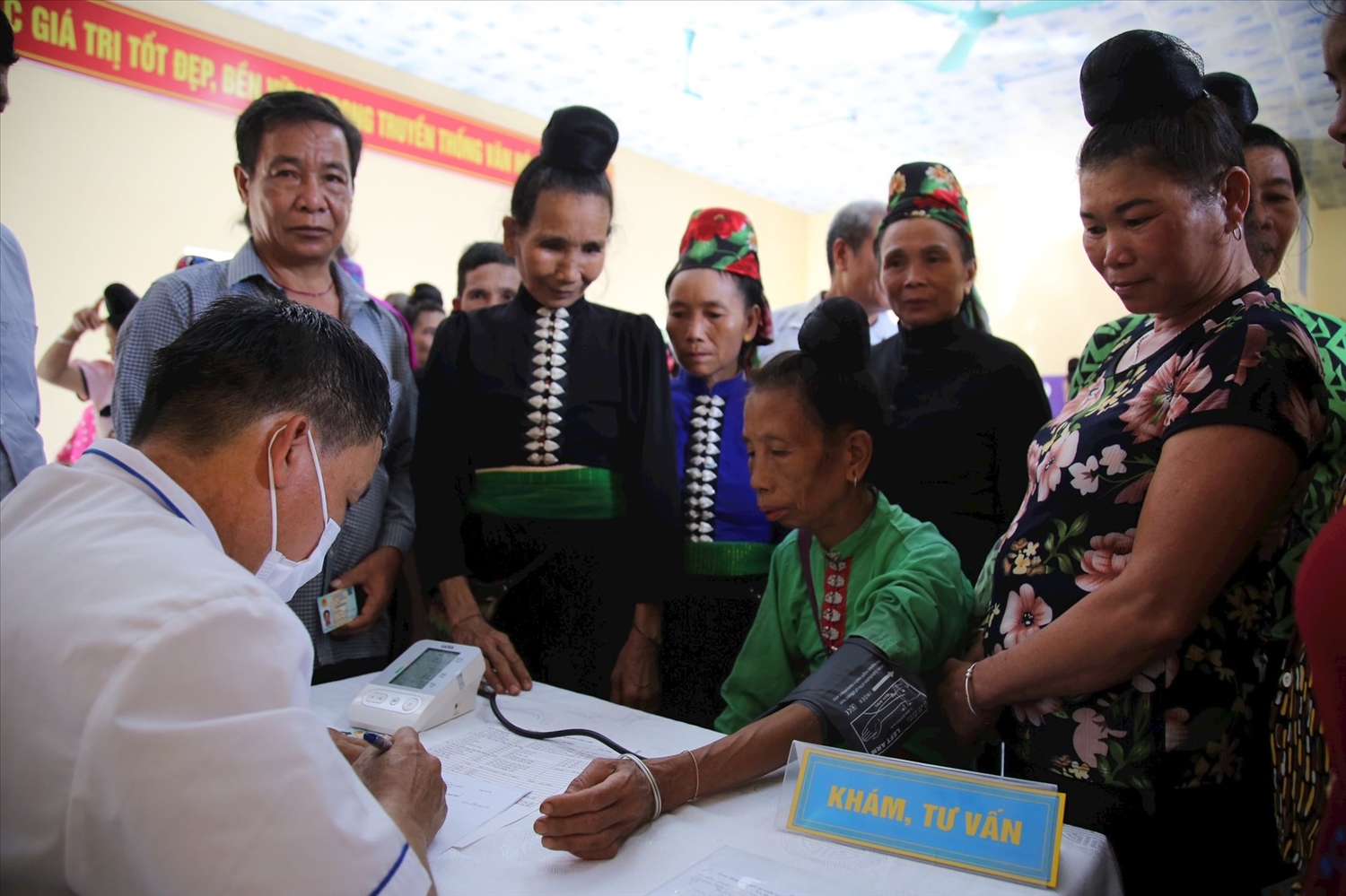
In the third survey in 2019, collected information showed that the rate of La Ha ethnic households raising and keeping livestock under their houses in Son La province was 31.10%. Previously, in 2015, the second socio-economic survey data showed that 55.5% of La Ha ethnic households raised and kept livestock under their houses.
The current situation of raising and confining livestock under houses among La Ha people was collected by the Son La Provincial Statistics Office in the 4th survey in 2024, which was conducted from July 1 to August 17.
Although the results have not been announced yet, it is expected that the rate of La Ha ethnic households raising and keeping livestock under their houses will continue to decrease sharply. Since 2019, Son La province has actively supported people to change this farming practice to protect the environment and improve health.
As of June 2024, 4/14 ethnic groups with specific difficulties had a lower poverty rate compared to 2019, including: La Ha, Pa Then, Chut, Ro Mam; of which 2 ethnic groups had a poverty rate of over 10%, such as La Ha with a 26% decrease, Chut with a 16% decrease; the remaining Pa Then and Ro Mam ethnic groups had a poverty rate of 4% and 5% decrease, respectively.
In Thuan Chau district alone, according to Mr. Nguyen Manh Hung, Vice Chairman of the District People's Committee, from 2019 to now, Thuan Chau district has supported 100% of La Ha ethnic households to move livestock barns away from their residences and build new barns with a total amount of more than 2.2 billion VND.
Along with the decrease in the rate of households raising and keeping livestock under the house, the rate of La Ha households using clean water sources has increased. In 2015, the survey results showed that only 37.6% of La Ha households used clean water sources.
Currently, the number of La Ha ethnic households using hygienic water sources has certainly increased, with the benefit of domestic water support policy under Project 1 of the National Target Program 1719.
The situation of access to clean water among the La Ha ethnic group is expected to be clarified when the results of the fourth survey on the socio-economic situation of 53 ethnic minorities are announced, expected in July 2025.
With the livestock barns being moved out from under the houses, access to clean water has directly improved the health of the La Ha ethnic people. Along with that, economic development, increased income, and basic cultural needs have been met, contributing to improving the population quality of the La Ha ethnic people.
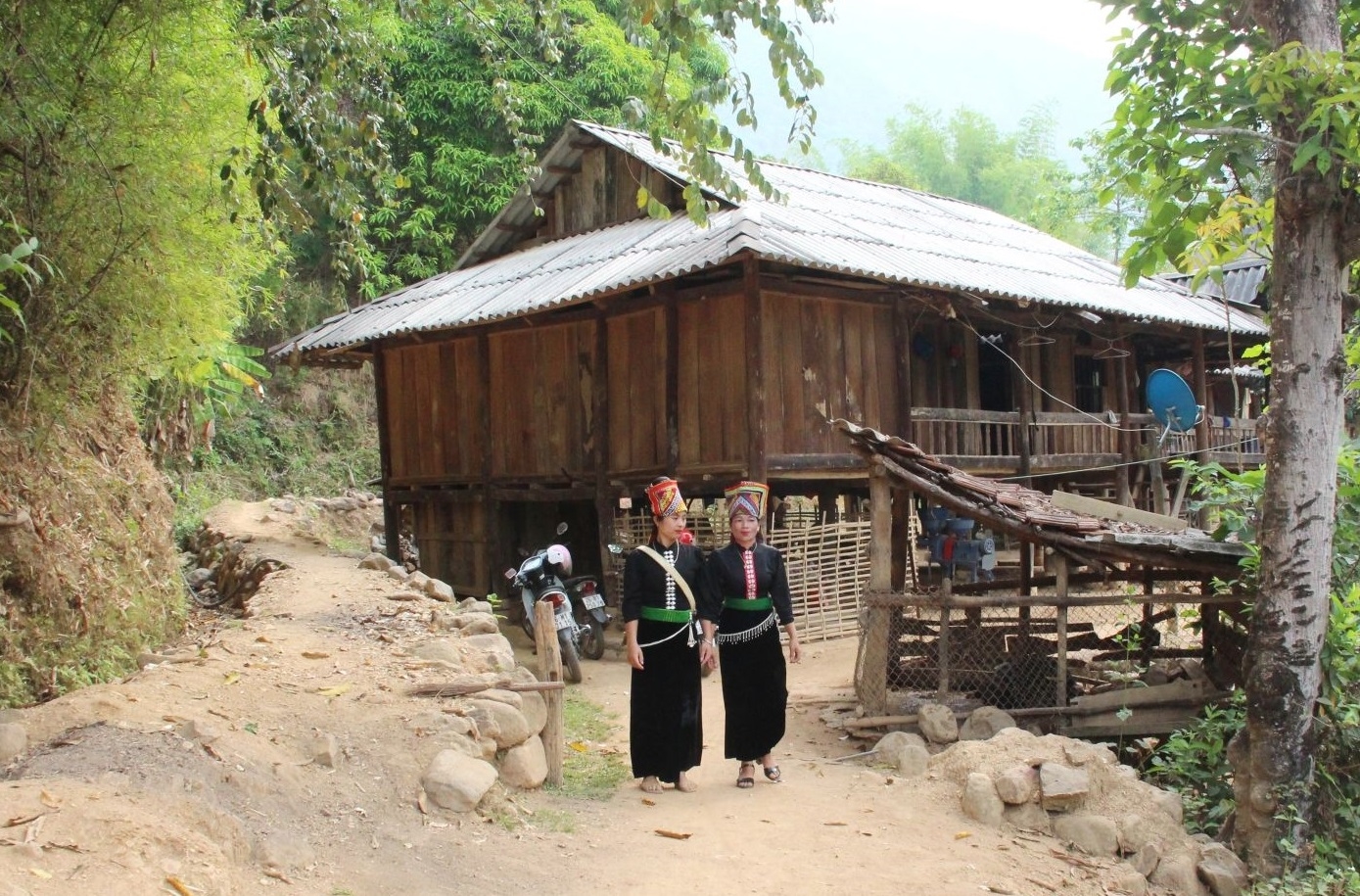
It is most obvious that the La Ha ethnic group is currently experiencing a clear population increase. In 2019, according to the socio-economic survey of 53 ethnic minorities, the La Ha ethnic group in Son La province had 2,254 households, with 10,015 people.
By 2022, the results of the review of poor and near-poor households in 2022 approved by the Provincial People's Committee under Decision No. 87/QD-UBND dated January 12, 2023, the whole province has 2,386 households/10,756 people of La Ha ethnic group. In other words, in 3 years, the population of La Ha ethnic group has increased by 741 people.
According to Plan No. 67/KH-UBND dated March 4, 2024 of the People's Committee of Son La province on implementing the National Target Program 1719, the province has allocated 125,474 billion VND to implement Sub-project 1 of Project 9 on "Investment in developing ethnic groups with very few people and ethnic groups with many difficulties". La Ha ethnic people live concentrated in 36 villages in 17 communes of 03 districts, receiving direct investment and support from Sub-project 1.
Son La: Organizing La Ha ethnic language classes orally for more than 100 students





![[Photo] Cutting hills to make way for people to travel on route 14E that suffered landslides](https://vphoto.vietnam.vn/thumb/1200x675/vietnam/resource/IMAGE/2025/11/08/1762599969318_ndo_br_thiet-ke-chua-co-ten-2025-11-08t154639923-png.webp)


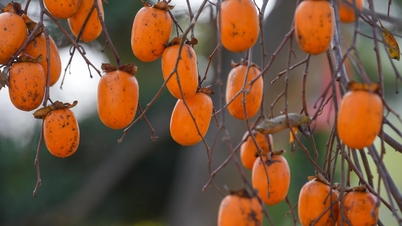













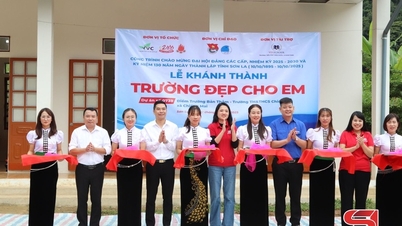






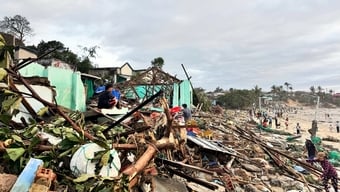




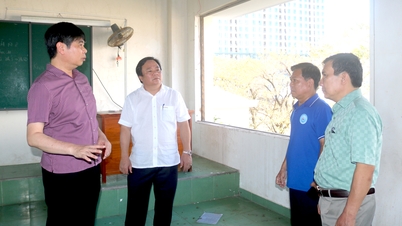


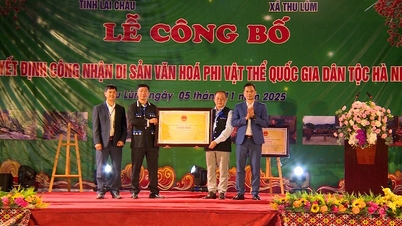


![[Video] Hue Monuments reopen to welcome visitors](https://vphoto.vietnam.vn/thumb/402x226/vietnam/resource/IMAGE/2025/11/05/1762301089171_dung01-05-43-09still013-jpg.webp)





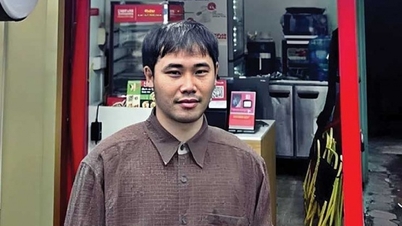


























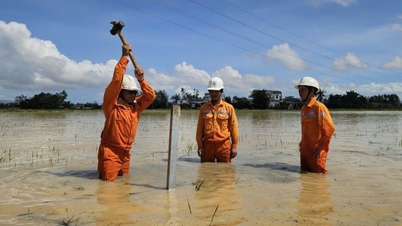








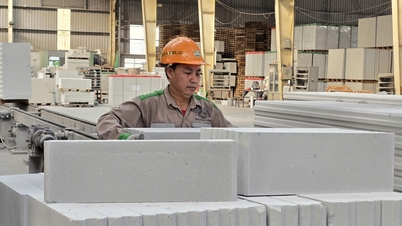




















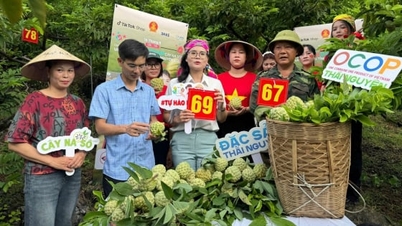





Comment (0)